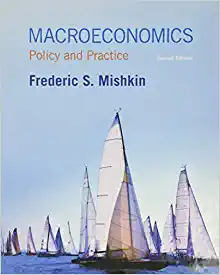Question
The Mischel et al. 1972 study placed four-year-old test subjects in a room alone in front of a plate with a single marshmallow. The four-year-olds
The Mischel et al. 1972 study placed four-year-old test subjects in a room alone in front of a plate with a single marshmallow. The four-year-olds were told that if they could resist eating the marshmallow for a few minutes, they would be rewarded with several marshmallows. The researchers found that those who were able to wait scored better on math and language tests as 18-year-olds, and subsequent studies showed that those who were able to wait also ended up in higher income careers and with better health. Which of the following hypotheses is best supported by these findings?
Options:
Time discounting hypothesis
Thrifty phenotype hypothesis
Access to care hypothesis
Allostatic load hypothesis
Step by Step Solution
There are 3 Steps involved in it
Step: 1

Get Instant Access to Expert-Tailored Solutions
See step-by-step solutions with expert insights and AI powered tools for academic success
Step: 2

Step: 3

Ace Your Homework with AI
Get the answers you need in no time with our AI-driven, step-by-step assistance
Get Started


